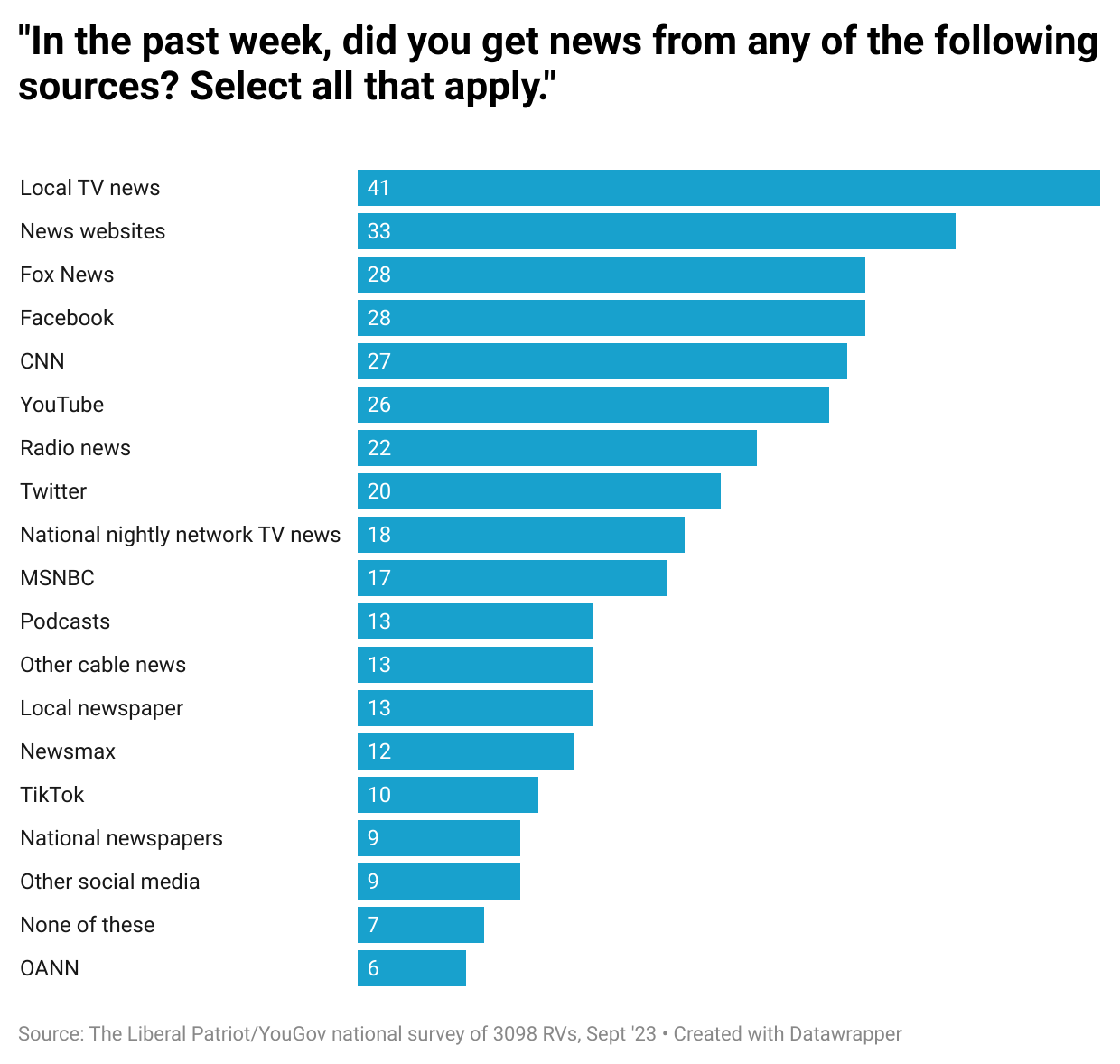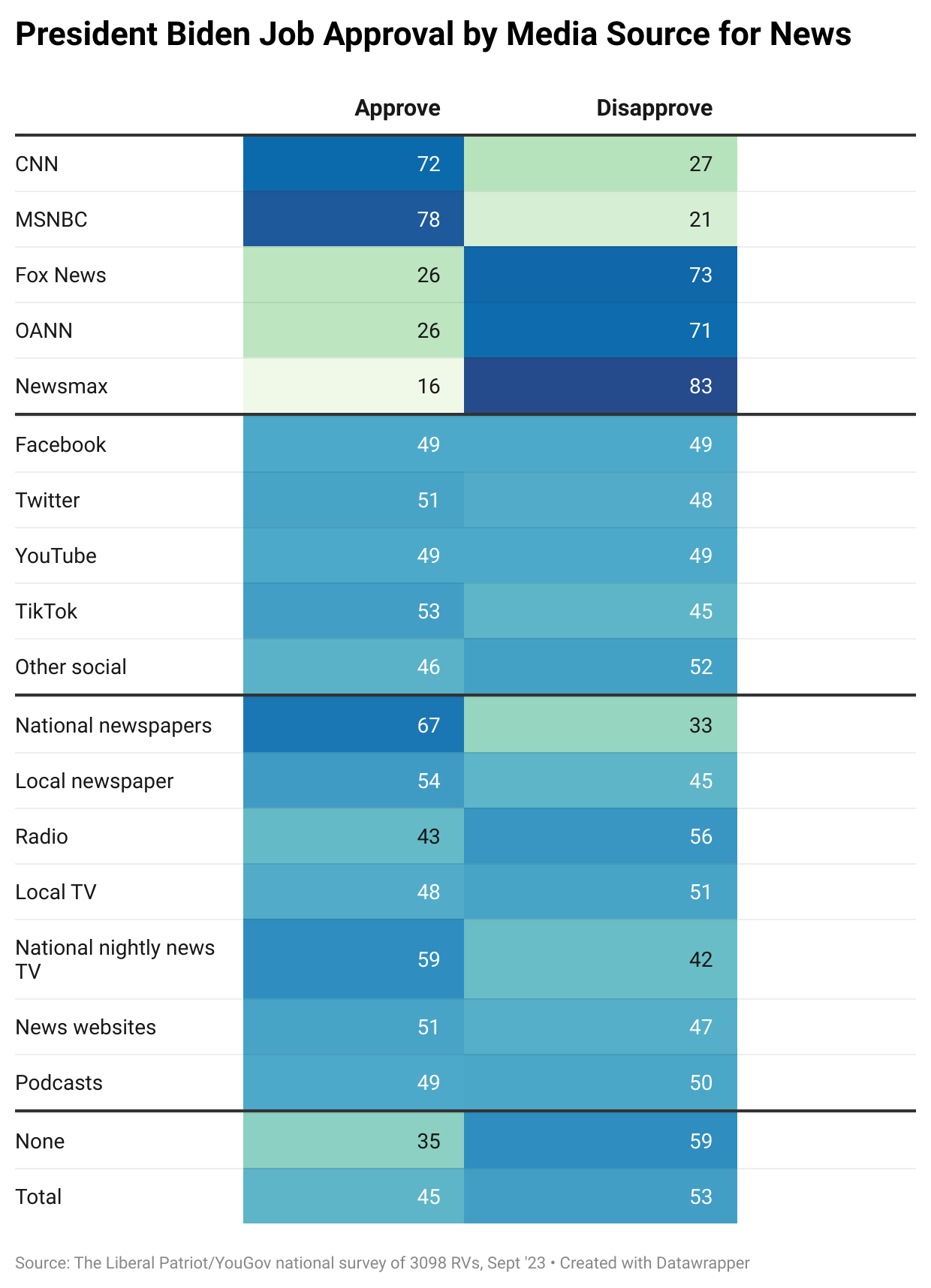In most of the recent polls, Texas Democrat Beto O’Rourke is running behind in his quest to win a U.S. Senate seat from incumbent Republican Ted Cruz. But, if O’Rourke wins next Tuesday, much of the credit will go to his unprecedented Facebook messaging. Alexis C. Madrigal explains at The Atlantic:
Through October 20, O’Rourke alone had spent $5.4 million advertising on the platform, according to Facebook’s Ad Archive Report. J. B. Pritzker, Kamala Harris, Andrew Cuomo, Claire McCaskill, and Heidi Heitkamp had spent $5.5 million total. O’Rourke’s opponent, Senator Ted Cruz, had spent only $427,000 on Facebook, about 1/13th as much as O’Rourke…Much of O’Rourke’s Facebook-ad buy seems to be going toward short videos of the candidate talking to crowds or directly to the camera.
Not that O’Rourke is neglecting TV and Google, as Madrigal notes:
The two Texas Senate hopefuls are relatively close in spending on television ads. While O’Rourke had spent more than $15 million on television ads through mid-October, Cruz and associated pacs had spent $12 million and were on pace to nearly catch up there. O’Rourke has also spent $1.3 million on Google ads, also top among all candidates, though by a much narrower margin (Rick Scott has spent more than $1 million). Cruz has spent little on Google—$181,000—according to the company’s political transparency report.
But O’Rourke’s online campaign has already proven to be a tremendous success in terms of fund-raising, and “his unexpected fund-raising success—pulling in $62 million through September 30—has catapulted the relatively unknown congressman from El Paso onto the national stage.”
Perhaps, even more importantly, O’Rourke’s campaign has also invested heavily in assembling a first-rate video production team.
But O’Rourke’s own video team has proved able to get and recognize hot footage, according to Kasra Shokat, a digital-media strategist at the consultancy Winning Mark. “He has invested a ton of infrastructure that can turn around and produce video on a dime and get those up quickly,” Shokat said. “That’s the kind of engaging content that works really well.”…Shokat said he’s begun to recommend that campaigns, especially those of charismatic talkers, hire full-time video help to create content.
Through widespread re-postings of his diverse videos, “it’s looking like O’Rourke’s total spending on Facebook has generated into the hundreds of millions of impressions,” notes Madrigal. It seems a wise bet. When a political campaign has a charismatic candidate, who is an underdog, maximizing face-time can only help.
“Facebook remains the primary platform for most Americans,” report Aaron Smith and Monica Anderson at pewinternet.org. “Roughly two-thirds of U.S. adults (68%) now report that they are Facebook users, and roughly three-quarters of those users access Facebook on a daily basis. With the exception of those 65 and older, a majority of Americans across a wide range of demographic groups now use Facebook.”
“O’Rourke’s remarkable fund-raising might not be duplicative by candidates with less star power or in less contentious races, “warns Madrigal. “But if O’Rourke’s Facebook-heavy campaign surprises, even with a closer-than-expected loss, his approach could be a blueprint for state-level candidates devoting more resources to the platform.”





